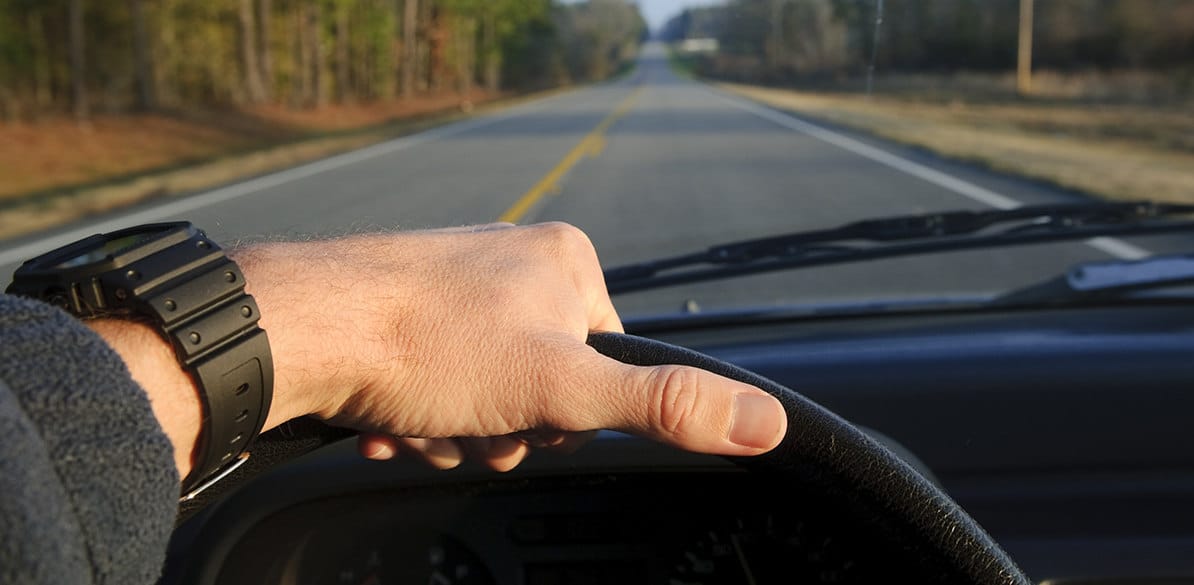Parathyroid gland disorders and driving

Hyperparathyroidism
It is a bone metabolism disorder due to hypersecretion of parathyroid hormone (PTH).
The typical manifestations affect primarily the kidneys with nephrolithiasis and nephrocalcinosis, and the skeletal system with osteopenia and less frequently, fibrous-cystic osteitis.
The most common initial skeletal sign is a progressive bone pain, spontaneous and on palpation, in the lower limbs and the back.
Hypotonia and muscle weakness are common.
Fractures can occur with minor injuries that take a long time to consolidate or do it with deformities.
There can be reabsorption of the edges of the distal phalanges, proximal muscle weakness, fatigue, atrophy, chondrocalcinosis and pseudogout.
Neuropsychiatric disorders and gastrointestinal symptoms are common, including pancreatitis, constipation, nausea, vomiting, and peptic ulcer.
Renal injury can cause renal failure and hypertension.
The curative treatment is the surgical removal of pathological parathyroids, and calcium levels in blood return to normal, with a clear clinical improvement.
Advice on hyperparathyroidism
- Apparently mild episodes in these patients can cause fractures of difficult or deformed consolidation, hence physicians should warn them that they are more frail.
- Accordingly, care should be maximized when driving in order to avoid sudden braking, that would lead to significant cervical injuries or contusions in the ribs and sternum due to the safety belt.
- A well-positioned headrest will prevent the risk of fractures in the neck, clavicle and shoulder.
- Fastening in the rear seats will prevent, in case of a small braking or crash, blows in the knees and their complications.
- Pyeloureteral cramp prevents from driving.
- Spontaneous ejection of a gallstone not associated with fever or hematuria causes that the patient can drive virtually immediately.
- If the patient improves of his acute episode, but continues on analgesic-sedative treatment, he should be reminded of the drug side effects that can interfere with driving.
- If the process of stone ejection is difficult or associated with complications, the physician should indicate when the clinical condition has subsided and the patient can drive again.
Hypoparathyroidism
It is characterized by a trend to hypocalcemia as a result of PTH deficiency.
The characteristic symptoms are muscle spasms, carpopedal spasms, facial grimace, paresthesia of the fingers, seizures, laryngeal spasms, and respiratory arrest.
Long-term hypocalcemia can cause intracranial hypertension and papillary edema, and cataracts are frequent.
Other manifestations are irritability, depression, psychosis, intestinal cramps, and chronic malabsorption.
The treatment of chronic hypocalcemia is the replenishment of calcium and oral Vitamin D, accurately monitoring the total calcium, protein and ion calcium levels.
Advice on hypoparathyroidism
- Symptomatic hypocalcemia is incompatible with driving.
- The patient on calcium replacement therapy requires repeated controls of calcemia, assuring that it is within the normal ranges, with a stable safety margin.
- The driver, who despite the treatment starts with paresthesia in the fingers or the mouth, should stop immediately in a safe area, take his calcium and wait for the symptoms to disappear.
- If the symptoms persist or increase, he should ask for assistance and not drive to the medical center.
